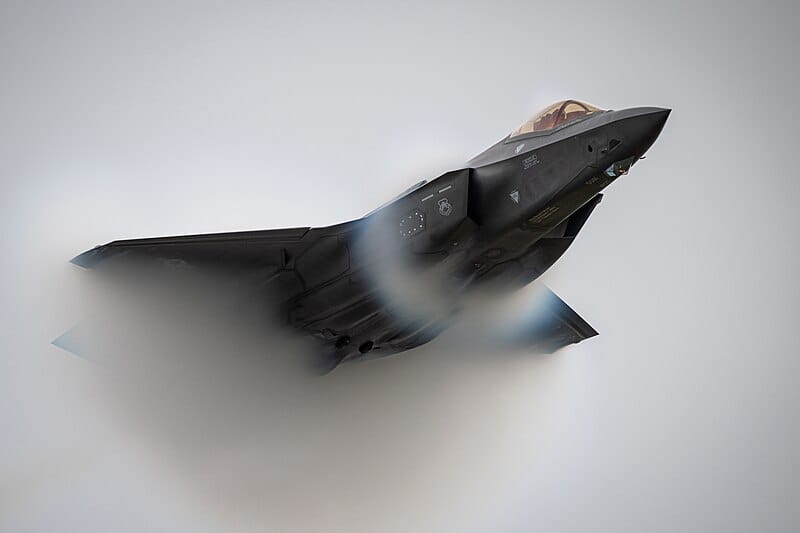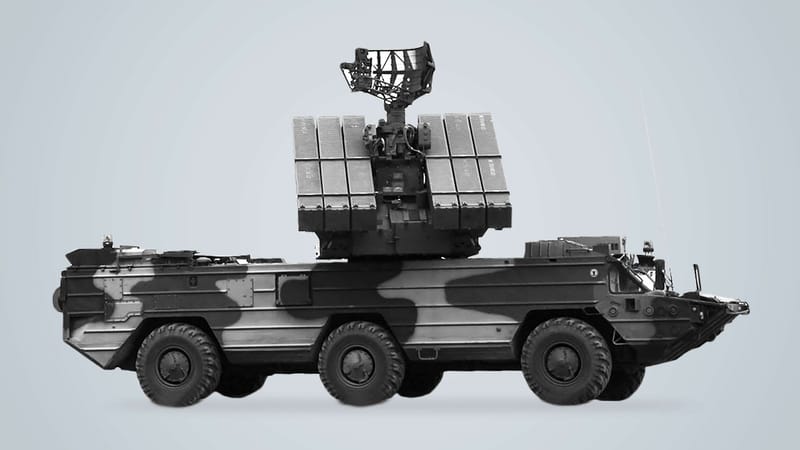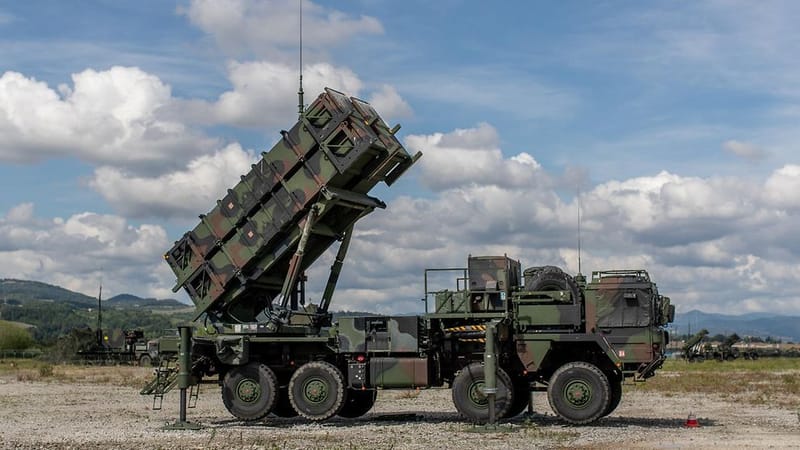Rotating Detonation Engines Could Reshape Future Missile Doctrine and Aerospace Design, Pratt & Whitney Tests Show
Following successful high-performance trials, RTX’s RDE tech points toward a post-turbine propulsion future—one that may redefine payload constraints, vehicle architecture, and mission endurance in air and missile systems.

Pratt & Whitney’s recent success with Rotating Detonation Engine (RDE) technology, developed in collaboration with the RTX Technology Research Center, may mark more than a milestone in propulsion. It signals the potential onset of a fundamental shift in how air-breathing missiles, unmanned aircraft, and strike vehicles are designed, integrated, and fielded.
While traditional engines rely on rotating components to compress air and drive combustion, RDEs use continuous supersonic detonation waves, producing thrust with minimal moving parts. The result? Smaller, lighter, more efficient propulsion units with higher thermal efficiency and fewer mechanical vulnerabilities.
A New Design Language for Defense
Unlike turbofans or turbojets, RDEs eliminate the need for complex turbines, reducing engine footprint and enabling a redistribution of mass across airframes. That means more space for warheads, sensor payloads, onboard AI systems, or extended fuel capacity—a significant advantage for long-range stand-off weapons and next-gen ISR-strike UAVs.
“Our testing simulated aggressive performance conditions,” said Chris Hugill, Senior Director at Pratt & Whitney GatorWorks, RTX’s advanced prototyping unit. “This validation supports our roadmap to integrate RDE propulsion into future vehicles and platforms.”
Beyond the Engine: Strategic Implications
If fielded at scale, RDEs could:
- Enable modular payload-swapping for strike systems
- Reduce lifecycle and logistics costs for propulsion units
- Allow hypersonic-capable missiles to launch from smaller or less specialized platforms
- Drive a new generation of lightweight, AI-integrated UAVs for ISR, jamming, and tactical strike roles
The technology also offers a new strategic advantage: deniability through miniaturization. Smaller engines mean harder-to-track systems, distributed launch options, and greater mission flexibility—essential for future conflicts where stealth and dispersion are key.
Pratt & Whitney’s RDE achievement goes beyond propulsion—it challenges long-held assumptions about how aerial platforms are shaped, scaled, and optimized for modern conflict. By enabling slimmer missile profiles, expanded payload bays, and modular onboard systems—including electronic warfare suites and AI-driven ISR packages—RDEs unlock new flexibility in platform design. As U.S. and allied forces shift toward distributed, survivable, and rapidly reconfigurable assets, RDE-powered systems may become a core enabler of next-generation air dominance and deep-strike capability.






